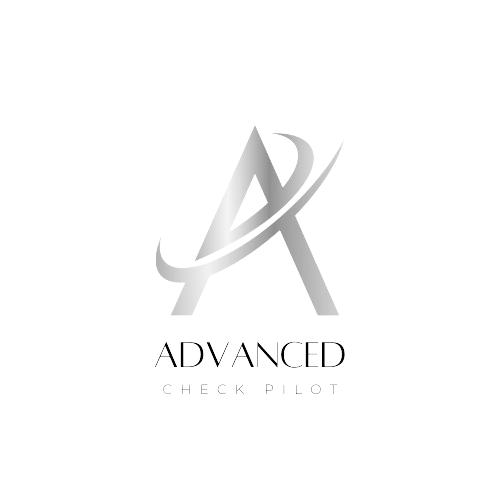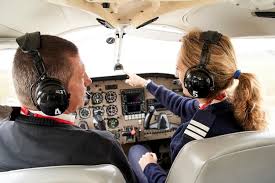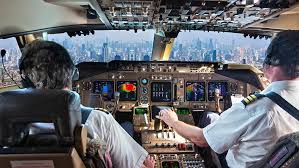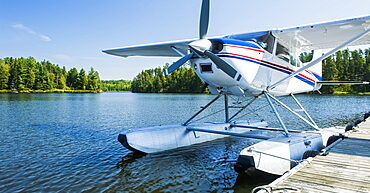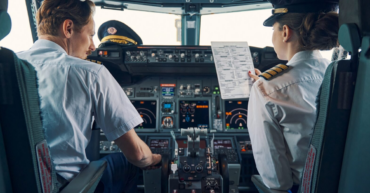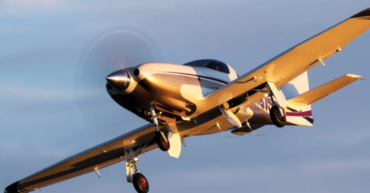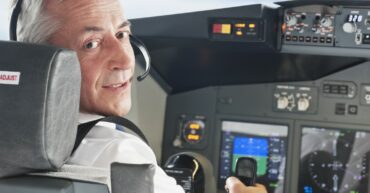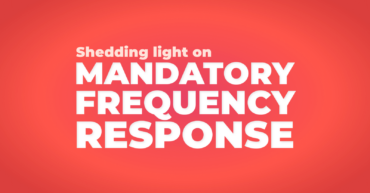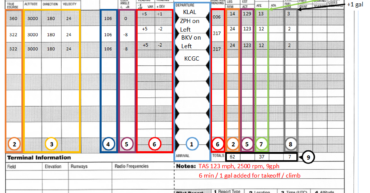Blog
When becoming a flight instructor in Canada, it is essential to understand the seven learning factors outlined in the Flight Instructor Guide: readiness, primacy, relationship, exercise, intensity, effect, and recency. This guide aims to enhance your understanding of these factors. 1. Readiness Students must be mentally prepared to learn. Distractions from personal issues, lack of […]
“How Should I Begin My Flight Training in Canada?” As a flight instructor, I often get asked, “How should I learn to fly?” Many aspiring pilots find the process unclear. While there’s no definitive path, based on my experience and working at a flight school, the following steps offer a practical approach. 1. Find a […]
How to Obtain a Float Rating Introduction A floatplane or seaplane rating allows pilots to expand their range of operations, enabling them to land in diverse environments. Although obtaining this rating is straightforward, it does present some unique challenges. Pilots will need to master landing on water, which is often more complex than landing on […]
Navigating the journey to obtaining a multi-IFR (Group 1) commercial pilot license (CPL) can be challenging. While there is no set path to follow after obtaining your private pilot license (PPL), some routes may be more cost-effective, and not all student pilots may be ready to transition to multi-engine flying immediately after their CPL time-building. […]
Determining the distance and time to the Point of Equal Time (PET) involves finding the location along your flight route where the time required to reach your destination matches the time needed to turn around and return home. The formulas for Distance to the Point of Equal Time (DPET) and Time to the Point of […]
Once you’ve taken the plunge into solo flying, you might encounter radio terms that were never discussed during your training or mentioned by your instructor. Many of these phrases became apparent to me during cross-country flights after obtaining my Private Pilot License (PPL). Utilizing the flight following service provided by Air Traffic Control (ATC) proved […]
The General Guidelines for MF Reporting set forth directives for reporting within Mandatory Frequency (MF) areas, aiming to ensure effective communication and overall safety. Utilization of Mandatory Frequency Reports mandated by these guidelines should employ the specific mandatory frequency assigned to the relevant MF area. If a ground station is operational, reports should be directed […]
We understand the financial commitment involved in learning how to complete a navigation log. That’s why we have developed an online course that offers a step-by-step guide on filling out the log and performing necessary calculations. This course provides a cost-effective solution for students looking to save money while acquiring the essential skills for navigation […]
Equipment Requirements The minimum equipment list for day VFR flight encompasses: Conclusion Adherence to the airplane minimum equipment list for day VFR flight ensures that powered aircraft are equipped with essential instruments and systems, upholding safety and regulatory compliance during daytime visual flight operations. For Further Information on Minimum Equipment Refer to the Canadian Aviation […]
In the realm of aviation, adherence to right of way regulations is paramount to upholding safety standards and preventing potential collisions between aircraft. The ensuing guidelines delineate the obligations of pilots in diverse scenarios, safeguarding secure navigation within airspace. Essential Regulations: Collision Avoidance Protocol: The pilot-in-command of an aircraft possessing the right of way must […]
